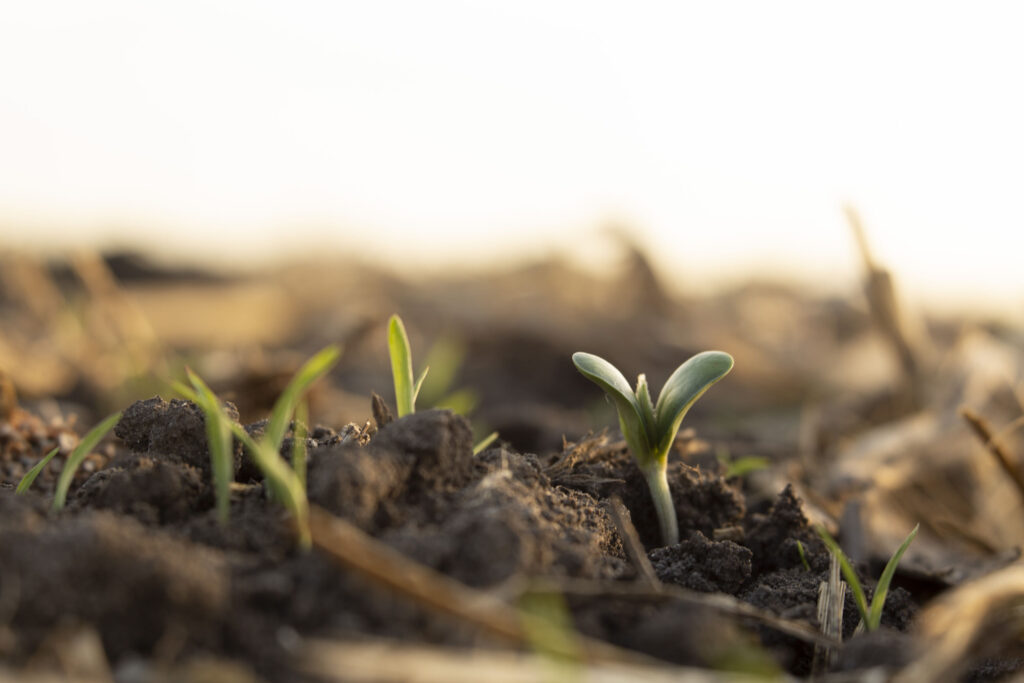Spring is here! Well, the spring equinox is here anyway. For most of Illinois, we have a long way to go to dry out and warm up to get excited about pulling the planter across any acres. 
In early December, it was released that the federal crop replant insurance coverage dates in Illinois were getting rolled back. This change finally recognizes that Illinois soybean growers have been successfully planting their soybeans earlier and allowing access to the replant coverage portion. The 2023 changes are broken out into 3 zones:
- Southern: Moves from April 15 to April 5
- Middle: Moves from April 20 to April 10
- Northern: Moves from April 24 to April 15
For the southern portion of the state, this was probably most overdue as temperatures can be upwards of 10 degrees warmer from the I-70 corridor in comparison to the I-74 corridor. The central area also received a much overdue update, but within reason. The northern area will have access to an earlier replant coverage, but the old date was likely more realistic to actual planting dates. The northern part of the state has more no-till acres that normally take longer to dry out and warm up.
Should the opportunity present itself to take advantage of these new insurance dates, here are 3 tips for successful early soybean planting:
- Planting Depth For planting dates that push the limits of the replant insurance date, growers should consider the 10-day forecast, current soil temperatures and the average frost-free date. A 2” planting depth can help buffer against big temperature swings in the extended forecast as well as keep the soybeans from emerging into unfavorable and cold conditions. It’s not uncommon to see emergence 2 to 3 weeks after a planting date of April 10th in East Central Illinois. I have seen 90+ percent stands on trials that were in the ground for over 45 days.
- Seeding Rates Earlier planting offers opportunities to lower the seeding rate. Earlier planted soybeans tend to put on more nodes, which could lead to lower seeding rates being more favorable. Studies in the past 3 years have suggested that seeding rates from 100-120,000 show optimal returns, but also leave paper thin margin for errors. Variable rate seeding scripts may offer a compromise of lower seeding rates relative to soil type and topography.
- Seed Treatments Earlier planting will usually mean cooler and potentially wetter soils prior to emergence. Most companies offer free replant with treated soybeans. These treatments are often a combination of anywhere from 2 to 5 different fungicides that offer protection from Phytophthora spp., sudden death syndrome (Fusarium virguliforme), pythium, and rhizoctonia. This has been and will continue to be the cheapest insurance you can invest in.
- But what if conditions are favorable to plant before the federal replant coverage date? First and foremost, you still qualify for Federal Crop Yield coverage. You would only be forfeiting the replant coverage. These “ultra early” dates offer an elevated risk/reward ratio. Many 3rd party trials show that successful March planting dates have shown the highest yields in some of the planting date trials.
Sources:




 and then
and then